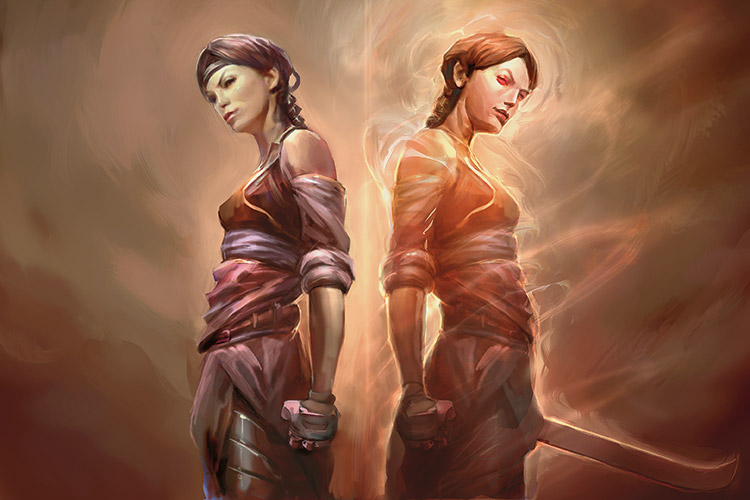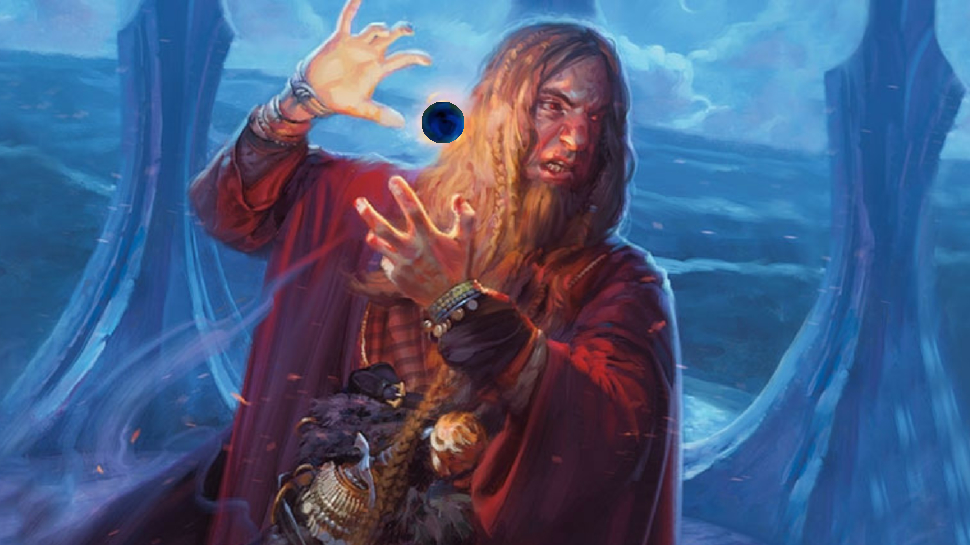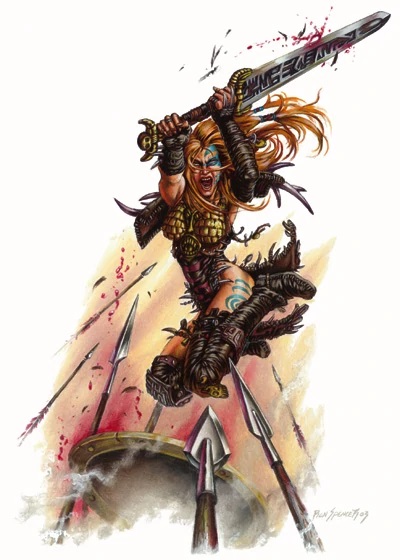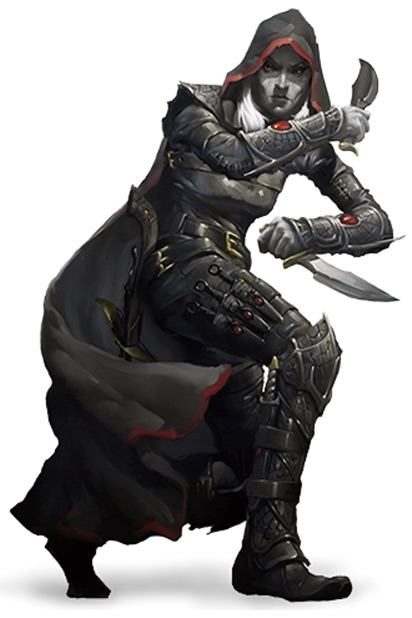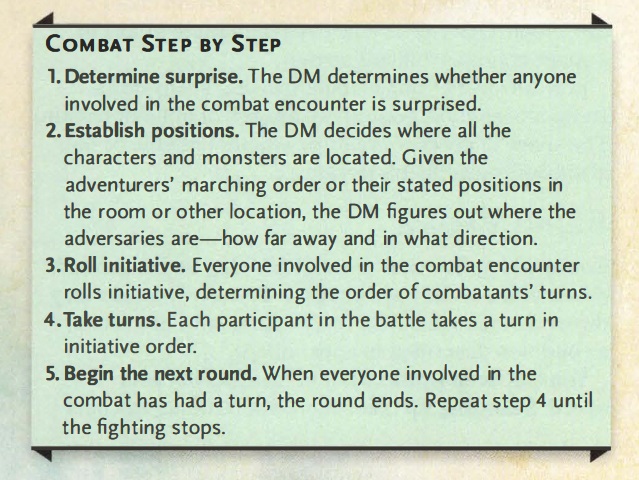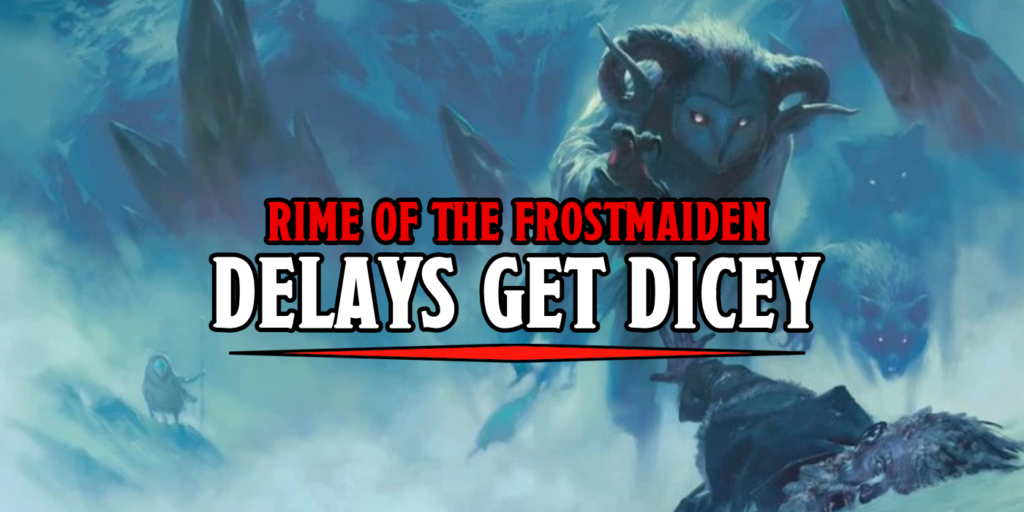D&D: ‘You Beat Mirror Image By Doing What?!’ – Five Weird Rules Tricks
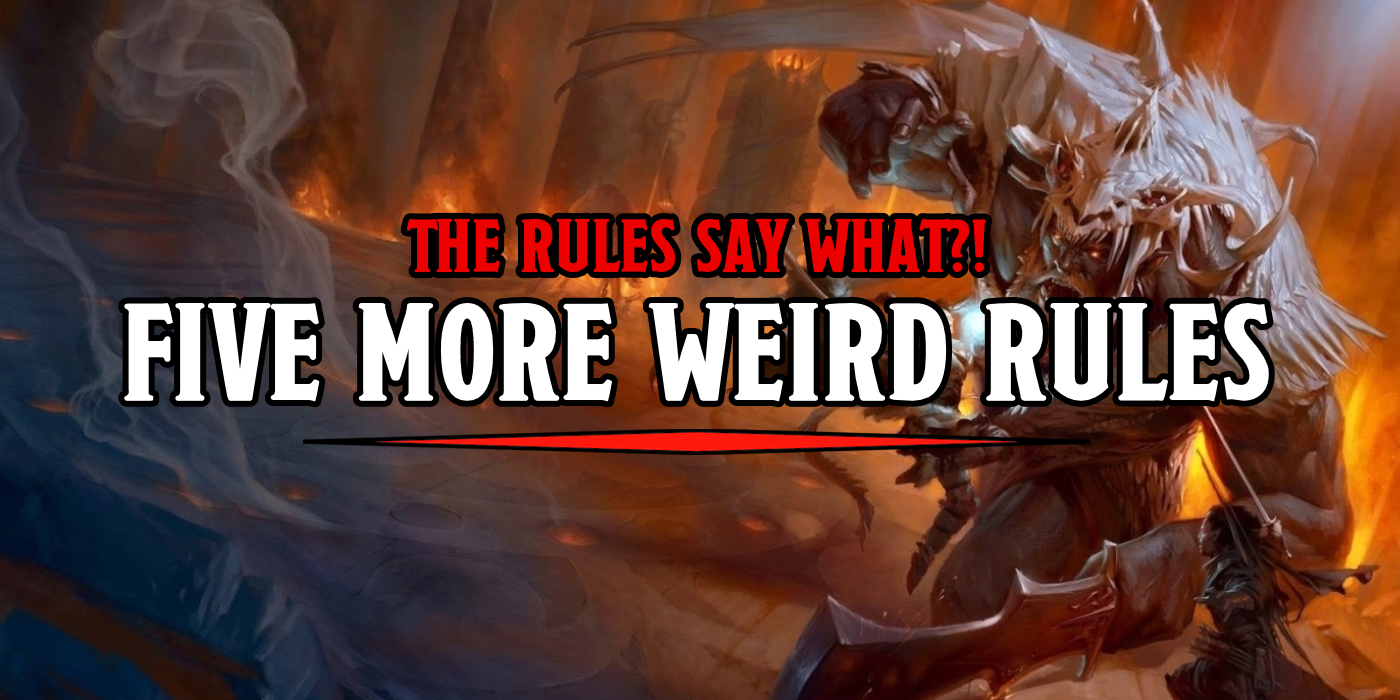

Today we’re going to talk about why the spell Darkness is the great equalizer, and how sometimes you fight better if you don’t know what you’re doing.
Dungeons and Dragons, 5th Edition, is one of the most accessible versions of the game we’ve ever had. The rules are streamlined, the math has been contained so that you don’t have to try and figure out how you’re going to squeeze every last +1 out of the system so you can hit an AC that’s somewhere in the low 50s before you get your face smashed in by the 1,200+ hit point boss monster you’re facing down. And sure, that does sound rad, it’s all fun and games until someone gets Ogremoch’d. But even with 5th Edition’s leveler playing field and bound mathematics and rules that “just let you have fun” you still find yourself in a world where sometimes to win, you just have to shut your eyes and hope for the best.
Here are five rules tricks that make the game feel like you’re getting away with something.
Mirror Image? Blur? Medusa-like Aura Of Petrification? Beat ‘Em With One Weird Trick
We’ve all been there. You want to hit the Wizard with your powerful spell/stunning fist/two handed axe of wizard decapitation, but then they go and cast a spell like Mirror Image, which lets them basically ignore three attacks, or they drop Blur which makes them harder to hit as their body gets all soft and Song 2-y. These are potent spells that don’t require concentration, so even if you hit the wizard, they still have their defenses.
Unless you just don’t look. Seriously, all you have to do is close your eyes and suddenly nothing else matters. Mirror Image, Blur, and many other powerful defensive abilities, like a Medusa or Basilisk’s petrifying gaze rely entirely on your character being able to see it to believe (and be affected by) it. Sure, you’re attacking at disadvantage, but now you’re going right past them. And in 5th Edition, it’s never very hard to get your hands on advantage to cancel out a disadvantage–just get a friend (or better yet a familiar) to take the Help action, or convince your DM to play with flanking, or play a kobold with pack tactics… it doesn’t matter, you only need to get advantage and it completely makes up for the fact that you can’t see what you’re doing.
Speaking of cancelling disadvantage…
Got A Problem? Just Cast Darkness
Darkness is one of the best spells in the game, but it doesn’t do what you think it does. It’s not about hiding. It’s about leveling the playing field. When all else seems stacked against you, a darkness spell, in most circumstances, can help level the playing field. Let’s take a look at what it actually does.
Magical darkness spreads from a point you choose within range to fill a 15-foot-radius sphere for the duration. The darkness spreads around corners. A creature with darkvision can’t see through this darkness, and nonmagical light can’t illuminate it.
That means two basic things. For starters, anyone inside the area can’t see–any creature caught up in the darkness can’t see anything else inside or outside of it. Sounds good so far; cast darkness, get that sweet sweet advantage because your enemies can’t see your attacks coming.
Except. Darkness also means that, unless you’re a warlock who took the devil’s sight invocation, you can’t see into it either. And when you can’t see your target, you get that sweet sweet disadvantage because you can’t see your target.
What does this mean? Well most people get this far and think, “wait, doesn’t that mean that, technically, darkness doesn’t do anything? I can’t see them, but they can’t see me, so the advantage and disadvantage cancel each other out… so… what does the spell do? Why even have it if it doesn’t cloak things in darkness and make them easier to attack?”
But the thing is. The answer is already right there in front of you. Darkness gives you advantage AND disadvantage. The two cancel each other out and all it takes is one instance of each and neither can effect you. It doesn’t matter if you have three sources giving you advantage and seventeen giving you disadvantage, they still cancel each other out. So when you cast darkness, you will typically end up with a nice, unmodified attack roll. Which means, darkness isn’t for gaining some kind of advantage, it’s for removing disadvantage or advantage whenever they’re getting in your way.
Are you fighting a bunch of kobolds with pack tactics, and their advantage is killing you? Darkness will put an end to that. Are you at disadvantage because you’re averting your gaze from a Medusa, or shutting your eyes to avoid a Mirror Image? Darkness means everyone’s fighting with their eyes closed, and that means that basically nobody’s fighting with their eyes closed.
Better still, all those spells that target a creature you can see? Well, you can’t be seen. Are you a rogue who wants to sneak attack a foe but you’ve got disadvantage, you guessed it. Darkness. Are you poisoned? Darkness is the cure (at least for your symptoms). Darkness can overcome conditions like Poisoned, Blinded, can help you out if you’re Restrained, and can even help you nail a target that has dropped Prone to avoid your ranged attacks–doesn’t matter, drop a darkness on them OR YOURSELF, and you’re shooting fish in a barrel, except they’re on the ground.
Invisible Doesn’t Mean Unfindable
Speaking of the vision rules and how strange they are in D&D. If you turn invisible, unless you take a specific action to hide, everyone still knows where you are. They just can’t see you, so they have disadvantage to attack you (and you have advantage to attack them), but they know exactly what square you’re in. Of course, if you’re invisible you can always hide so they lose track of you and have to guess what square you’re in, but if you aren’t very good at stealth, you might easily be spotted by anyone who took the Observant feat.
And if you’re trying to attack someone invisible? Darkness will basically cancel out pretty much all the benefits of it, as long as you know where they are.
Never Look (Or Anything Else) Before You Leap
When it comes to D&D, forget about looking before you leap. You’ll go further if you just take a running start and go for it–and again, it’s one of those places where the rules kinda stumble over themselves to stay consistent. It all comes down to how far you can move on a Jump check vs. how far you do move.
With a 10-foot running start, you can jump at least as far as you Strength score (not the modifier). And with a successful Athletics check you can “try to jump an unusually long distance” which can end up meaning you might move further than your remaining movement speed. Most creatures are already up against their limit with a 10-foot running start. An average strength creature will use up 20 feet of movement on their long jump before making a check, leaving only another 10 feet of distance to clear. If you want to make a jump more than 20 feet, you’ll have to use a Dash Action.
Which means if you took an action to look around (make a perception check), or do anything else like make an attack or cast a spell like Jump (which triples your jump speed) you won’t be able to make the rest of that super long jump.
Want To Assassinate Someone Twice? Apply A Little Banishment And Hide
This one is a little trickier. But hey, here’s a high level bit of rules oddities. There are no clear guildelines for when you’re out of a fight–only page 189 of the PHB states “repeat step 4 (‘take turns’) until the fighting stops.” And it’s that last part, until the fighting stops that is especially relevant here. Because as they say repeatedly, if the rules say something, they generally mean what they say–plain English text is meant to be as mechanically clear as it can be.
So. If you’re in a fight and your assassin rogue gets off that harder-to-do-than-you’d-think Assassinate/Death Strike ability, and your foe is still refusing to lay down and die, a simple Banishment spell might buy you the opportunity you need to get a whole new fight happening.
All you have to do is banish your foe–which incapacitates them and sends them to another plane, then stop any other fighting. Whether this means mopping up any weaker minions that remain, or simply stopping the hostilities while the party hides, the fighting stops. Because the target isn’t doing anything on their turn (except attempting a saving throw). And arguably, that means that if the fighting has ended, so has the fight. If you’re nowhere to be seen when the banished creature returns, that’s another chance to get surprise and another chance to get that all-too-rare deathstrike in.
Unless your DM decides that making a save counts as “fighting.” In which case, just invest in Improved Initiative and get comfortable letting a foe escape for maximum assassination attempts.
What’s your weirdest/strangest/silliest rules interaction? Let us know in the comments!

